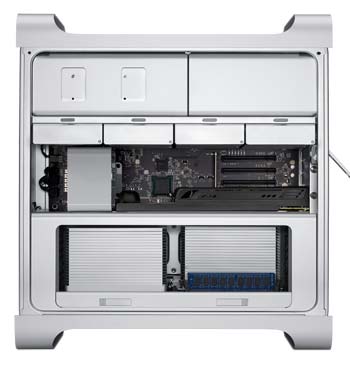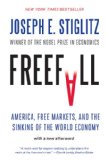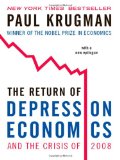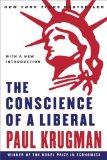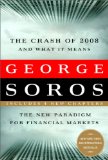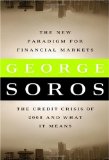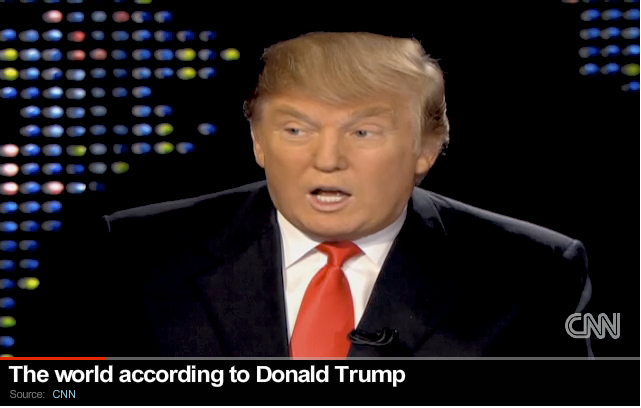Wal-Mart (WMT) is among the most controversial U.S. companies.
Proudly American
Many American businesses fear Wal-Mart for its 10x force, to use Andrew S. Grove’s concept expressed in “Only the Paranoid Survive: How to Exploit the Crisis Points That Challenge Every Company”. Wal-Mart as a competitor is hard to beat and as a purchaser hard to swallow. Where a Wal-Mart is in business, foreign suppliers get a foot in the door while more pricey American companies frequently get the boot.
Wal-Mart is one of the very few American brick-and-mortar stores to have a shot at keeping successful e-commerce businesses like Amazon.com (AMZN) at bay. It is constantly driving down both prices and wages, its way of surviving the New Economy.
Wal-Mart was founded in 1962 by Sam Walton and, true to its beginnings, is still run as a thrifty family business. It is an American mainstay with a storied history, but why does it matter right now?
When the recession hit hard in the 3rd quarter of 2008, Wal-Mart was nearly the only safe haven for many Americans to lock in good deals and purchase those products they need at an all-time low price. The worse the recession got, the more Americans flooded Wal-Mart stores from coast to coast across the nation. An indicator that we have been through challenging times is the fact that Wal-Mart increased its sales by 4.7% annually on average since 2007. That’s a stunning and impressive performance because all the other competitors were hit hard by stinging and ever-growing losses since 2007.
Wal-Mart proved that conventional wisdom can be wrong and showed that investing in an U.S. retailer can actually be a rather prudent idea, if you get the timing right of course. Wal-Mart’s quarterly return rose from 20% to 22%. If it still doesn’t sound impressive please remember that the industry average is 18% and the S&P 500 average is laughable in comparison, just a meager 13%. On the plus side of Wal-Mart are three facts: WMT pays dividends, price-to-earnings is a reasonable 13, the cash flow multiple is 7.8 and its book value multiple is with 3.1 very much comparable with its industry peers.
The median price target for WMT is $60, which suggests that Wal-Mart is on track to return 9.5% over the next 12 months (excluding dividends). In general analysts are bullish about the Wal-Mart stock and a whopping 22, or 69% rate it a clear “buy”.
Where are the downsides for the WMT stock? Well, as WMT is very much a counter-cyclical stock in a case of very strong economic rebound this might lessen its appeal. but a strong rebound. But still, a strong economic rebound is most likely not yet in the cards by any stretch of imagination. But even in this unlikely scenario WMT could pull off healthy gains off the hat just by its sheer economies of scale.
While Wal-Mart is a truly American company from the heartland, it now stands to benefit from growth through small stores in countless new locations around the world. Wal-Mart now grows by being present in emerging markets such as Mexico, Brazil and of course China. Wal-Mart’s international sales rose an 7.3% and its operating income jumped by an impressive 17%. As the growth in our nation is predicted to stagnate for the foreseeable future, Wal-Mart is prepared to continue growing at a healthy rate due to its activities in emerging markets.
In a nutshell: Wal-Mart’s performance is a muted sign of a rebounding U.S. economy at best, because it derives most of its growth from emerging economies such as Mexico, Brazil and–you guessed it–China.
You can certainly chose to agree or disagree with Sam Walton, but the legacy of Sam Walton: Made In America still lives on, if mostly overseas.




